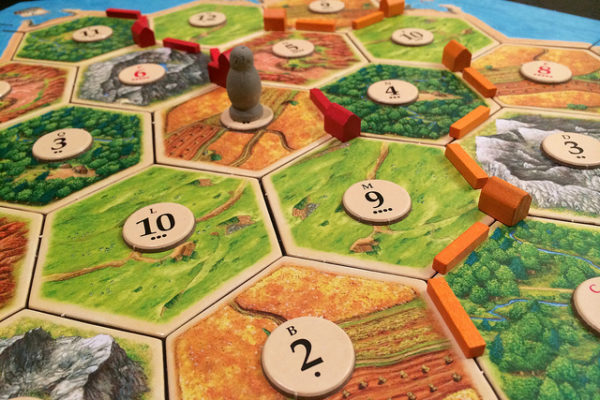He was dressed for the part. A self-proclaimed nerd, Mitch Canter’s presentation ensemble was topped off with a Nintendo-controller hat. A perfect way to set the mood for a session on gamification.
Mitch opened up talking about his interest (obsession?) with video games and other nerdy stuff. But he also developed an interest in digital strategy. He wanted to bring the two together, which led to his interest in gamification.
Mitch explained that a game is a “contest or world with set rules and mechanics that people interact with for pleasure.”
Then, gamification is: using the mechanics and rules of games to encourage or reward interaction with brands or businesses. But, Mitch said “gamification” is more than a “blobby buzzword” and highlighted some reasons we in higher ed (or any industry) should consider this tactic:
- To encourage interaction and happiness.
- To show the fun, approachable side of a brand.
- To show users we “have a stake in the game”
Mitch went on to explain the types of players, citing research from Richard Bartle, better known as Bartle’s Taxonomy which also compares players to suits of cards:
- Achievers (diamond) – driven by in-game goals – experience, money, levels, points.
- Socialites (heart) – driven by social/group interaction – popularity, relationships, groups/guilds.
- Explorer (spade) – driven by discovery/exploration – puzzles, lore/trivia, knowledge.
- Killer (club) – driven by competition with other players – PVP – player vs. player; rivalry, control, conflict.
By understanding your audience of players, you can determine which types of games or rewards, or time investment they might spend with your game.
Mitch also explained there are active and passive types of interactions and actions. Passive ones include just showing up somewhere or visiting a location, like the old Foursquare badges. Active ones involve completing a task or participating in an event.
In this session, we also learned some gaming mechanics: the things that keep us going. One example is showing progress. The LinkedIn profile, Mitch explains, is a good example of dangling a carrot with a progress bar. As you add information about your professional life, LinkedIn will tell you what percentage of completeness you’re at, and also tell you what you need to do next. Another example of this tactic is a punch card at a coffee shop or smoothie place. As you see your card fill up, you’re more likely to keep going to earn that reward.
Signposting is another one: make sure users have a clear view of where to go next in their quest. Without it, it can be a frustrating on-boarding experience. A final mechanics point was logarithmic levels, or the act of scaling levels, with the challenges getting harder as you go. This prevents boredom — and also builds up someone’s time investment. The more time they invest, the more likely they are to keep going to “find the pot of gold at the end of the rainbow.”
Another important aspect of gamification is the narrative; people want to engage with a story they believe in. But you don’t have to tell the whole story at once. That air of mystery can keep people motivated to continue. This reminded me of murder mystery games where players get characters, but you are learning about them as you play.
The most important part of using gamification in marketing or content strategy, at least from the user perspective, is the reward. Mitch tells us that the reward should be comparable to the time investment — “an equivalent exchange.” He urges us to “make sure the rewards are worth the grind.”
Maybe there can even be rewards along the way: first-level completed congratulations, level-ups (mini-carrots), milestone events, personal celebrations, set time periods, etc. Throwing in bonuses along the way can surprise and delight people.
Mitch shared a few examples of rewards or motivations to keep working toward those rewards:
- Leaderboard/Ladder – track personal or group progress (you can see where you stand, who your formidable opponents might be)
- Quest – objectives to complete – earn rewards for completing them successfully – the cornerstone of what most games are.
- Badges – token rewards for completing quests – Mitch calls this the “what would you do for a Klondike bar?”
- Achievements – milestones, larger awards.
Mitch ended by saying that gamification is not exactly new, but it’s something that’s still new-ish in higher ed. In fact, his case study example was outside of higher education…. so what this really means is that maybe next year, YOU can be THE example in the next gamification presentation! Consider that your quest….
IMAGE CREDIT: Flickr Creative Commons/Via Tsuji

